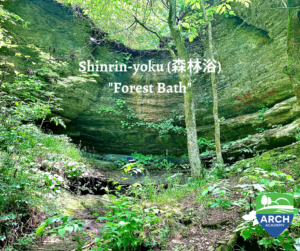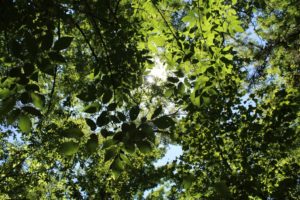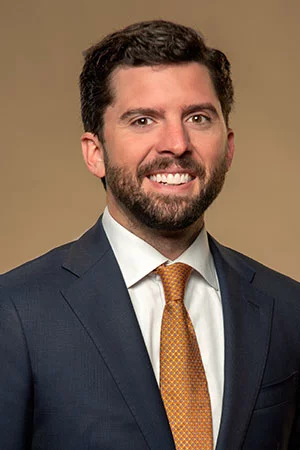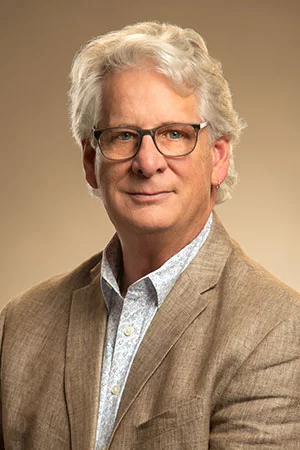 Japan is one of the most overworked nations in the world. If you don’t believe me, there is literally a word that translates to “death by overwork”, that word is Karoshi (過労死). The major causes of death from karoshi are heart attack and stroke due to stress and starvation diet. Research indicates that the average American works 47 hours per week, or 9.4 hours per day. In demanding, competitive industries like tech and finance, professionals work in excess of 60 hours a week, and are available constantly by smartphone.
Japan is one of the most overworked nations in the world. If you don’t believe me, there is literally a word that translates to “death by overwork”, that word is Karoshi (過労死). The major causes of death from karoshi are heart attack and stroke due to stress and starvation diet. Research indicates that the average American works 47 hours per week, or 9.4 hours per day. In demanding, competitive industries like tech and finance, professionals work in excess of 60 hours a week, and are available constantly by smartphone.
This is not something you want to relate to.
Since the 1980s, an increasing number of people suffering from fatal strokes and heart attacks have been reported due to people being overworked. Not only that, people are living in urban areas more than ever before. In 1800, only 3% of the world’s population lived in urban areas. By 1900, this figure was close to 14% and in 2016 this reached 54%. The United Nations Population Division predicts that by 2050, this figure will reach 66%.
It’s not a coincidence that alcoholism, drug addiction and mental health issues have increased during this time. Being overworked can cause common signs and symptoms of depression and anxiety such as sleep changes, loss of energy, anger, physical pain, excessive tension and worry, headaches and trouble concentrating. Adolescents and young adults are also being affected. In 2018, marijuana use was at an all-time high with 42.6% of college students reporting marijuana use, approximately a 7% increase over five years.
We are turning into a society that favors outcomes, demands, results and production from the safety of our office buildings, homes, coffee shops and electronic devices. How did we get where we are today? Perhaps more importantly, how do we fix the problem of being over-stressed and under the influence?
Forest Bathing or Shinrin-yoku, a term coined in 1982 by Tomohide Akiyama, Director of the Japanese Forestry Agency, is the practice of spending time in forested areas for the purpose of bathing in the atmosphere of the forest. Forest bathing, commonly referred to as “Forest Therapy” by many clinicians today, is more comprehensive than your typical hike in the woods. The Association of Nature and Forest Therapy (ANFT) core set of principles and values includes “a specific intention to connect with nature in a healing way. This requires mindfully moving through the landscape in ways that cultivate presence, opening all the senses, and actively communicating with the land”.
 Forest Therapy is a popular activity at ARCH Academy. Situated on 67-wooded acres, adolescent boys diagnosed with primary substance use disorder and frequently common co-occurring disorders, enjoy slow, deliberate walks through the woods. Each group may cover .5 miles in 45 minutes in dense, forested areas. The primary goal for these residents is to be aware of their surroundings. What do they notice? What movement do they see? What do they smell? What feels good to the touch? What can they hear? What do the trees have to say to them? These can be, at first, strange and uncomfortable prompts to engage in the process; but after several minutes, nature takes over as the therapist and works wonders on emotional and physical health.
Forest Therapy is a popular activity at ARCH Academy. Situated on 67-wooded acres, adolescent boys diagnosed with primary substance use disorder and frequently common co-occurring disorders, enjoy slow, deliberate walks through the woods. Each group may cover .5 miles in 45 minutes in dense, forested areas. The primary goal for these residents is to be aware of their surroundings. What do they notice? What movement do they see? What do they smell? What feels good to the touch? What can they hear? What do the trees have to say to them? These can be, at first, strange and uncomfortable prompts to engage in the process; but after several minutes, nature takes over as the therapist and works wonders on emotional and physical health.
Some of the benefits of Forest Therapy include:
- Decrease in the stress hormone cortisol
- Significantly mitigating stress ailments
- Increased parasympathetic nervous system activity
- Increase in (NK) natural killer cells (the body’s disease fighting agents)
- Improvement of mental performance and creativity
- Significant improvement of psychotherapeutic interventions with forest therapy
ARCH Academy has been serving adolescents since 1985 and we are blessed to be in an area conducive to ‘Forest Bathing’. We employ Master’s Level Clinicians who understand the impact of combining nature with psychotherapeutic interventions, family therapy, 12-step recovery and, academic education. ARCH Academy’s mission to transform lives, offering hope and healing to those affected by addiction is realized by our 3 pillars. Recovery. Academics. Adventure. We invite you today to take some time to connect with your surroundings and experience for yourself the forest medicine of Shinrin-yoku.
References
https://www.natureandforesttherapy.org/about/science










